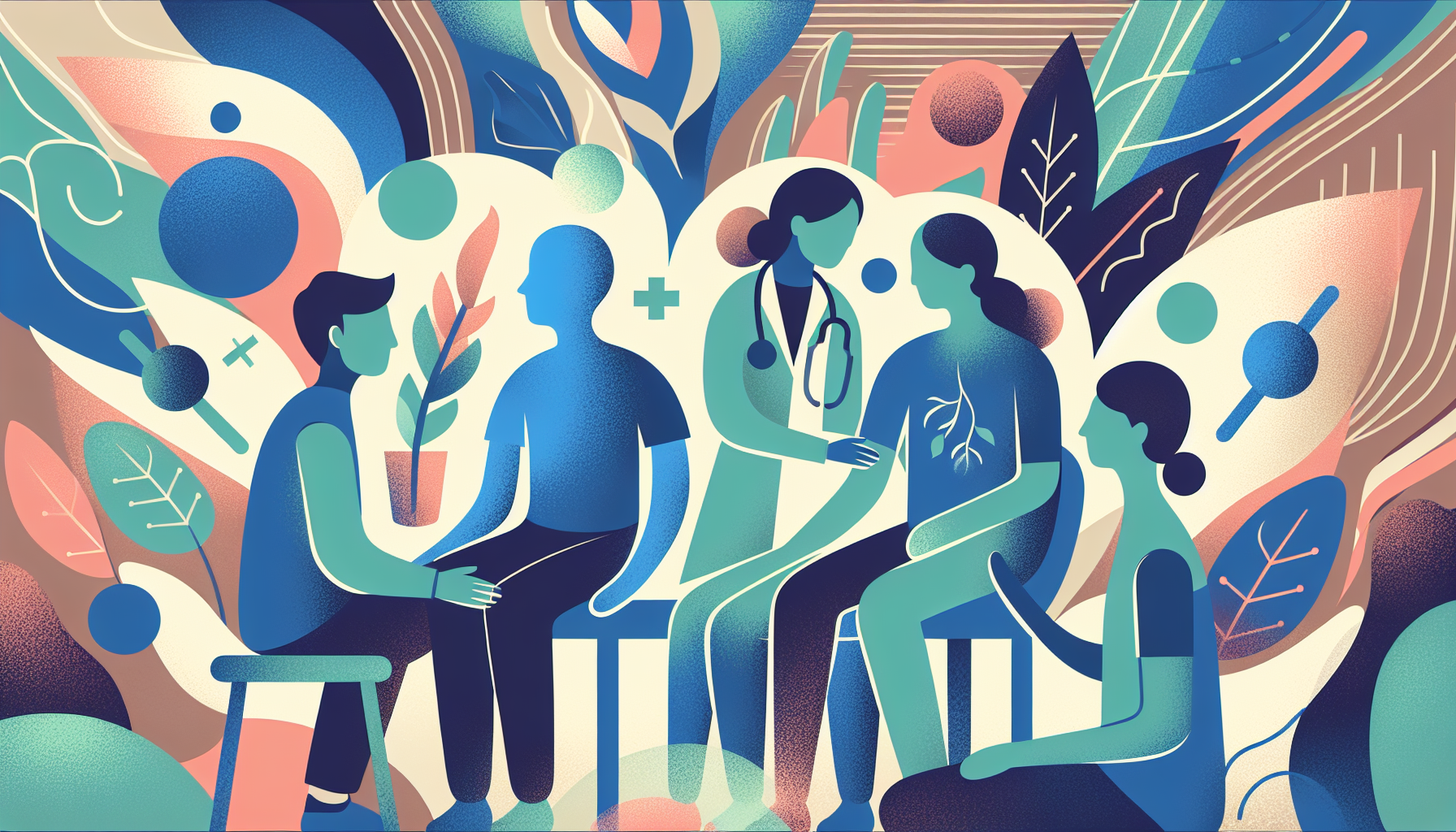Can an AI Doctor Prescribe Antifungal Medication?
Yes, AI doctors can help you get prescription antifungal medications. While the AI itself cannot legally prescribe, AI doctor platforms connect you with licensed physicians [...]
Read More
Medically reviewed by Abhijit Bhattacharyya | MD, PhD, MBA, Tufts University School of Medicine - Miami, Florida on June 4th, 2023.
Inherited lipodystrophy is a rare genetic condition that affects the way the body uses and stores fat. People with this condition are born with it, as it is caused by genes inherited from one or both parents. Lipodystrophy can lead to a loss of fat under the skin, resulting in changes to a person's appearance. It can also cause other health problems, such as diabetes, high cholesterol, and fatty liver disease.
There are two main types of inherited lipodystrophy:
Congenital generalized lipodystrophy (CGL), also known as Berardinelli-Seip syndrome
Familial partial lipodystrophy (FPL)
Researchers have identified several genes that cause inherited lipodystrophy. In some cases, inheriting a single faulty gene from one parent can lead to the condition, while in other cases, a person must inherit a faulty gene from each parent. It is also possible to have a faulty gene but not develop the condition.
The symptoms of inherited lipodystrophy vary depending on the specific subtype and can range in severity. Some common symptoms include:
Loss of body fat, leading to a muscular appearance
Enlarged liver
Difficulty controlling blood sugar and triglyceride levels
Dark, thick, and velvety skin in certain areas (acanthosis nigricans)
Enlarged hands, feet, and jawbone (in CGL)
Irregular menstrual periods or polycystic ovary syndrome (PCOS) in women
Metabolic changes
Insulin resistance
Diabetes
High triglycerides
High blood pressure
Cardiomyopathy
Fatty liver
Pancreatitis

To diagnose inherited lipodystrophy, your doctor will review your family history, perform a physical examination, and may recommend various tests, such as:
Blood tests to check blood sugar, kidney health, cholesterol, and triglyceride levels
Urine tests to check for kidney problems
X-rays to assess bone health
Skin biopsy to examine skin cells under a microscope
Genetic testing to identify specific faulty genes
Low leptin levels
While there is no cure for inherited lipodystrophy, treatment focuses on managing the complications associated with the condition. Some treatment options include:
Maintaining a healthy lifestyle with a low-fat diet and regular exercise
Metreleptin (Myalept) injections to replace missing leptin (for CGL)
Statins and omega-3 fatty acids to control high cholesterol and triglycerides
Insulin or other medications to manage diabetes
Plastic surgery or liposuction to address changes in appearance (in some cases)
It is essential to work closely with your doctor to develop an individualized treatment plan that addresses your specific needs and helps prevent serious complications.
Living with inherited lipodystrophy can be challenging, both physically and emotionally. It is important to focus on maintaining your child's health and providing them with a supportive and understanding environment. Encourage open communication, boost their self-esteem, and consider seeking professional counseling to help your family cope with the challenges of this condition.
Remember, you are not alone. Organizations like Lipodystrophy United offer information, support, and online communities for individuals and families affected by lipodystrophy. Participating in research studies and registries can also help advance our understanding of this rare condition and lead to the development of new treatment options.
For more information on inherited lipodystrophy, visit:
Yes, AI doctors can help you get prescription antifungal medications. While the AI itself cannot legally prescribe, AI doctor platforms connect you with licensed physicians [...]
Read MoreUnderstanding Tirzepatide and Its Role in Diabetes ManagementTirzepatide is an innovative medication that has been gaining significant attention in the treatment of type 2 [...]
Read MoreUnderstanding Tirzepatide and Its EffectsTirzepatide is an innovative medication primarily used to manage type 2 diabetes and support weight loss. It works by mimicking the [...]
Read More